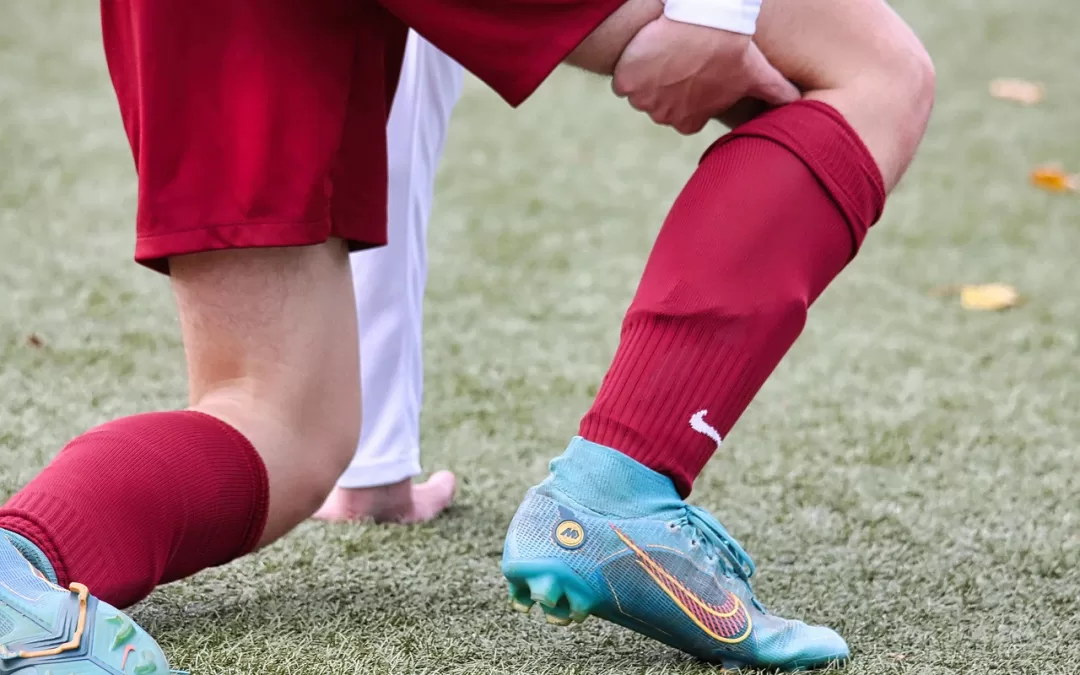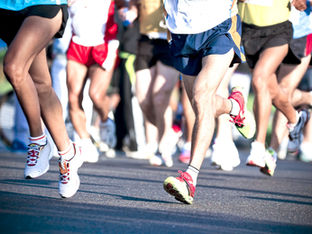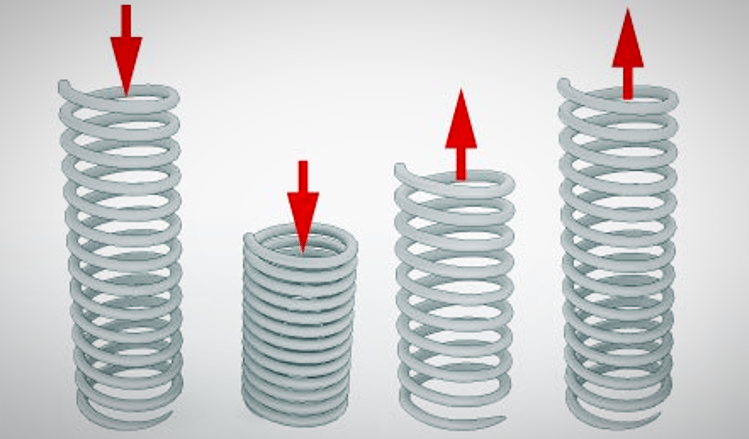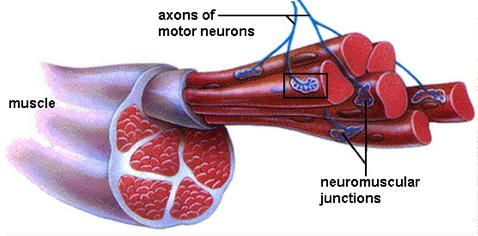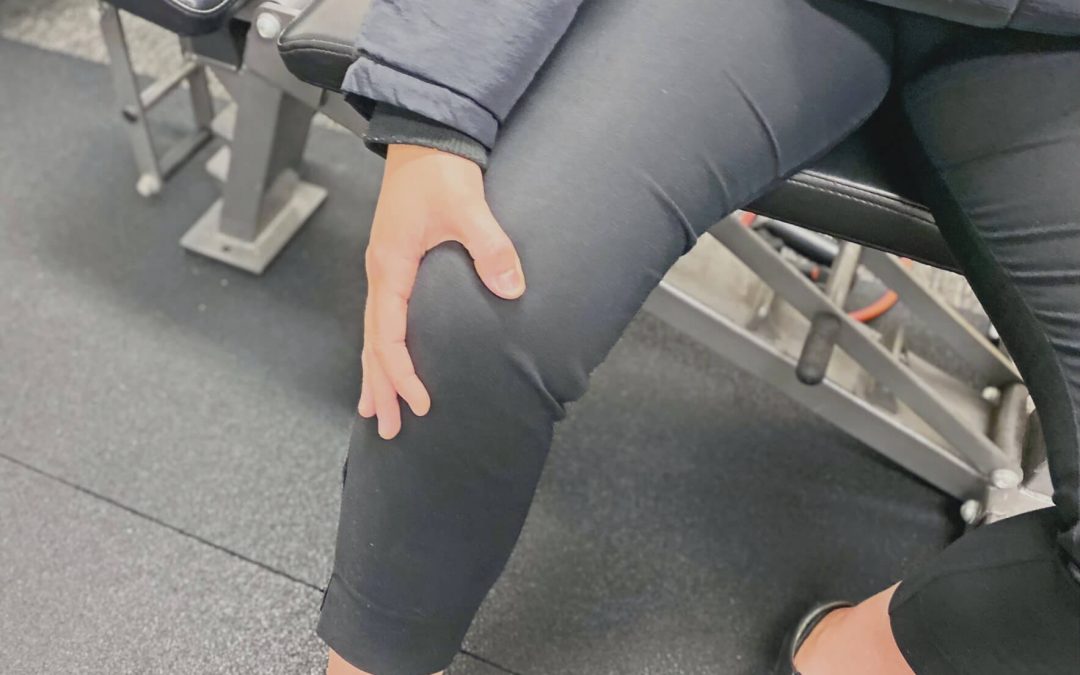
Capping kneecap pain – Your guide to Anterior Knee Pain (Patellofemoral Pain Syndrome)
Patellofemoral Pain Syndrome (PFPS) is a common condition that affects the knee joint, particularly the area where the kneecap (patella) meets the thigh bone (femur). It is a prevalent issue among athletes, active individuals, and people with certain anatomical factors. In this Praxis What You Preach article, we will explore PFPS, its causes, symptoms, and available treatment options, shedding light on how physiotherapy can effectively manage and alleviate this condition.
What is PFPS?
Patellofemoral Pain Syndrome, also known as runner’s knee or anterior knee pain, occurs when the patella fails to glide smoothly over the femoral groove during knee movement. This causes irritation and inflammation in the patellofemoral joint, specifically the underlying bone, leading to pain, discomfort, loss of function and even swelling. PFPS can be triggered by multiple factors, such as overuse, muscle imbalances, poor biomechanics, weak hip and thigh muscles, improper footwear, and previous knee injuries. Essentially though it is the kneecap joints’ in ability to tolerate the load of the activities being undertaken.
Symptoms and Diagnosis
Common symptoms of PFPS include pain around or behind the patella, especially during activities that involve knee squatting, lunging, bending, climbing / descending stairs, or sitting for extended periods with knees bent (commonly called movie goers knee). These typically can occur when workloads have increased with activities such as running, cycling or weightlifting. Patients may also experience swelling, grinding or even stabbing sensations, and occasionally a feeling of knee instability. A physiotherapist will perform a comprehensive evaluation, considering the patient’s medical history, conducting a physical examination, and possibly using imaging tests, to accurately diagnose PFPS and rule out other potential causes of knee pain.
Treatment and Management
Physiotherapy plays a crucial role in managing and treating PFPS. The primary goal of physiotherapy is to exclude differential diagnoses, alleviate pain, improve knee function, manage aggravating workloads and prevent the recurrence of symptoms. Treatment plans are tailored after a comprehensive history taking and examination to the individual’s specific needs and should include the following components:
- Pain Management: Initially, pain and inflammation may be managed through ice therapy, massage, stretching and non-steroidal anti-inflammatory drugs (NSAIDs).
- Strengthening Exercises: Targeted exercises aim to strengthen the hip, thigh, and trunk muscles, which can help correct muscle imbalances and improve knee alignment and load tolerance.
- Stretching and Flexibility: Stretching exercises can help improve flexibility in the muscles surrounding the knee joint, reducing strain on the patellofemoral joint.
- Biomechanical Analysis: A physiotherapist may evaluate the patient’s movement patterns during functional activities such as jumping and running to identify any obvious faulty mechanics that contribute to PFPS. Corrective techniques, gait retraining may be employed.
- Activity Modification and Rehabilitation: A gradual return to activities while maintaining a balance between rest and exercise is important to ensure proper healing and prevent re-injury.
- Taping: taping has been shown to acutely help reduce symptoms by aiding in the improvement of kneecap tracking through the femoral trochlea (groove where the kneecap runs)
Prevention Strategies
To prevent the onset or recurrence of PFPS, individuals can incorporate the following strategies:
- Regular strength and conditioning exercises to maintain muscle balance and strength of the lower limbs and trunk musculature.
- Proper warm-up and cool-down routines before and after physical activities.
- Gradual progression of activity levels and intensities to avoid overuse injuries.
- Being aware of the early signs and symptoms and addressing them promptly.
Is my knee pain osteoarthritis?
In short, No. Patellofemoral Pain Syndrome (PFPS) is not the same as Patellofemoral Joint (PFJ) Osteoarthritis (OA). While both conditions involve the patellofemoral joint, they are distinct entities with different causes and characteristics. As mentioned, PFPS primarily involves pain and dysfunction in the patellofemoral joint, often caused by factors such as overuse, muscle imbalances, or poor biomechanics. It is commonly seen in younger athletes and active individuals. PFPS is characterized by pain around or behind the patella, especially during activities that involve knee bending or loading such as running.
On the other hand, PFJ OA refers to the degeneration and wearing down of the cartilage within the patellofemoral joint. This condition typically occurs in older individuals and is more common in those with a history of knee injuries or conditions such as patellar instability. The primary symptom of patellofemoral joint osteoarthritis is joint pain, stiffness, and swelling, which worsen over time. This pain can be at rest.
While both conditions can cause knee pain and affect the patellofemoral joint, the underlying mechanisms and treatment approaches differ. Physiotherapy plays a crucial role in managing both conditions, but the specific treatment plans and exercises may vary based on the individual’s diagnosis, symptoms, and physical examination findings.
In summary, Patellofemoral Pain Syndrome is a common knee condition that can significantly impact an individual’s daily activities. With a comprehensive physiotherapy approach involving pain management, strengthening exercises, and biomechanical analysis, PFPS can be effectively managed and treated, allowing individuals to regain pain-free movement and engage in their desired activities. If your knee cap pain prevents you from doing the things you want to do, book in with of our expert Praxis team members to discuss getting you back to function!
Until next time,
Praxis What You Preach
Team Praxis

